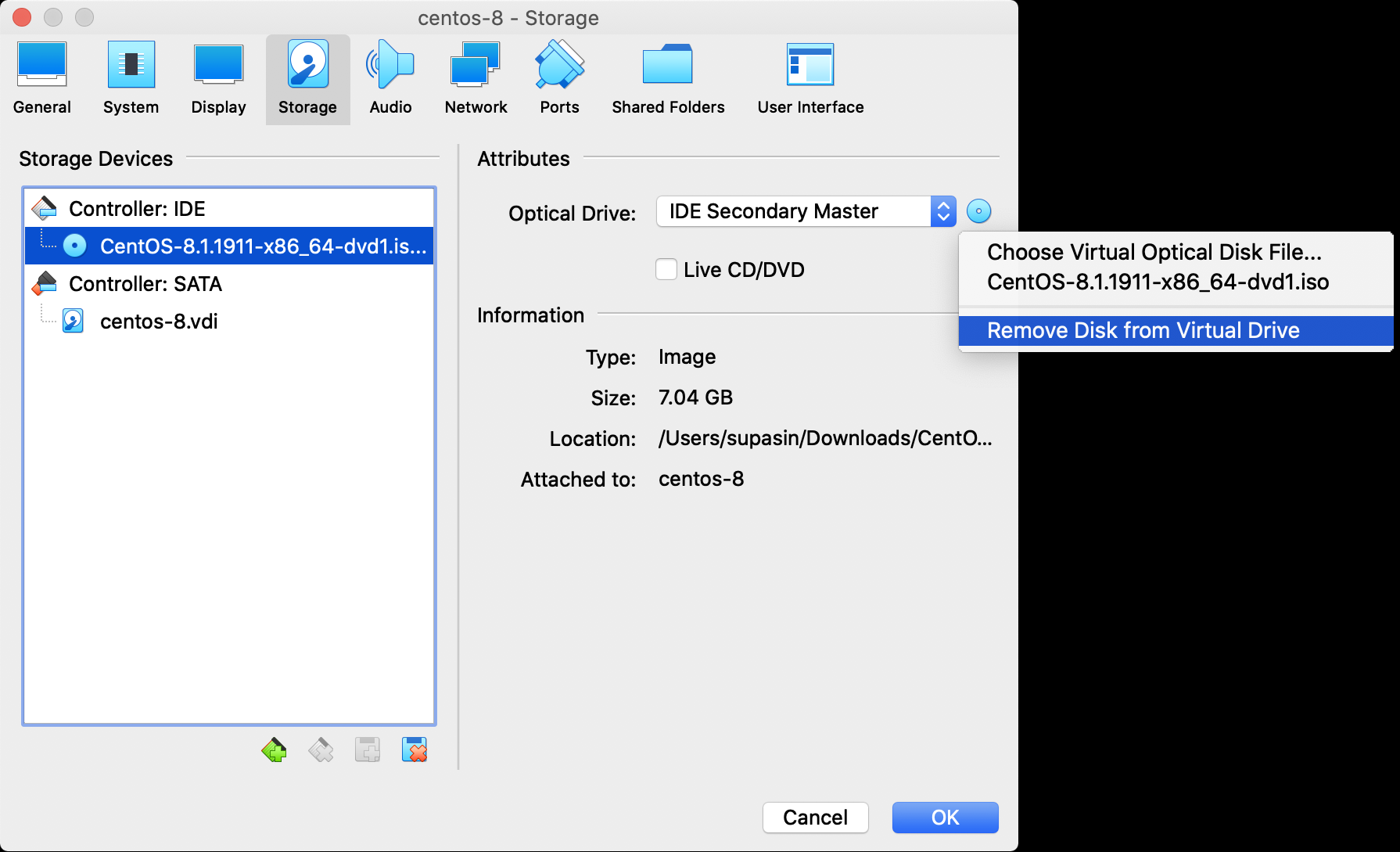
You only require access to non-removable USB mass storage devices. The Hyper-V VM guest OS is either Windows or Linux. This USB passthrough access method is appropriate if: In turn, the Hyper-V VM should have access to the USB device as if the device is directly connected to the VM. In a nutshell, the Server-Side Hyper-V USB passthrough means that you’ll be attaching a USB device to the Hyper-V host. Related: Getting Started Guide to Managing Hyper-V VMs with PowerShell Enabling Server-Side Hyper-V USB Passthrough Access This tutorial will be using an external USB hard drive and a USB flash drive. One or more USB storage devices that you’ve already attached to the computer. Also, this guide assumes that you’ve already started your VM. A Hyper-V virtual machine (VM) – The examples in this tutorial will be using a Windows Server 2016 VM named ATAWIN2016-1. #Root drive access omnidisksweeper windows 10#
Hyper-V on Windows 10 or Windows Server 2016 and above – This article will use Hyper-V on Windows 10 version 21H1, and the host’s name is PH-5CG0022245.

This article is a tutorial, and if you’d follow along with the examples, you’ll need to have the following. Enabling Client-Side Hyper-V USB Passthrough (Remote Desktop Protocol).Enabling Client-Side Hyper-V USB Passthrough Access (Enhanced Session Mode).Removing the USB Drive from the Virtual Machine.Adding the USB Drive to the Virtual Machine.Setting the USB Drive Offline on the Host.

Enabling Server-Side Hyper-V USB Passthrough Access.






 0 kommentar(er)
0 kommentar(er)
